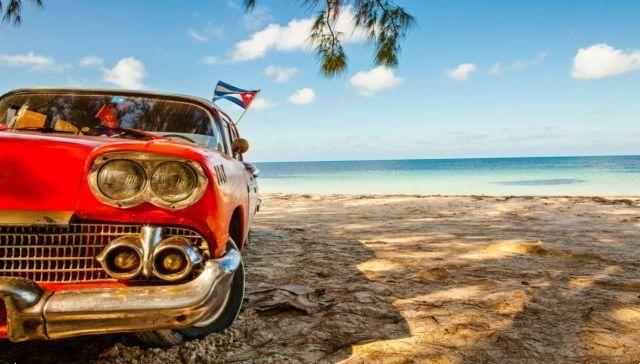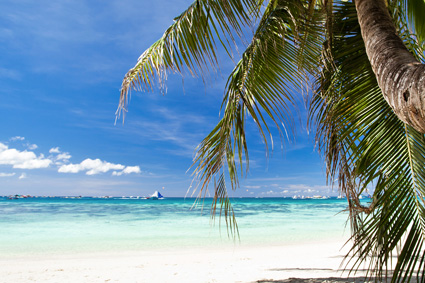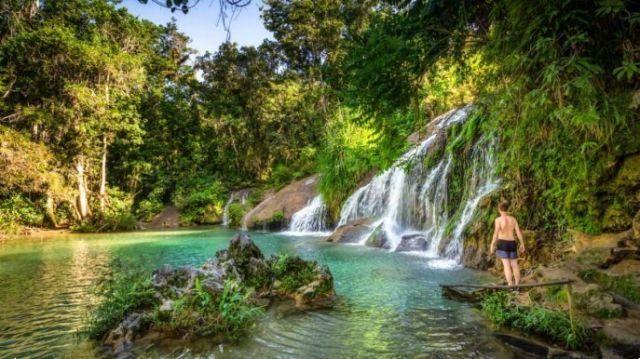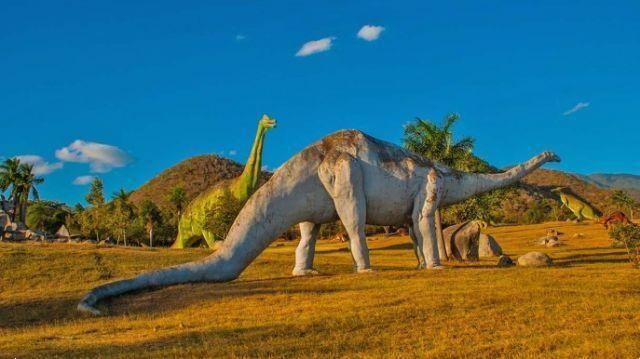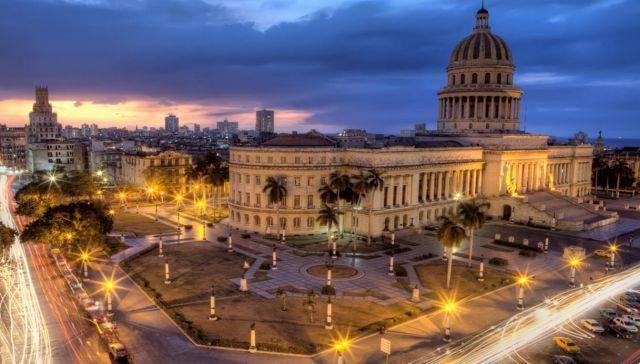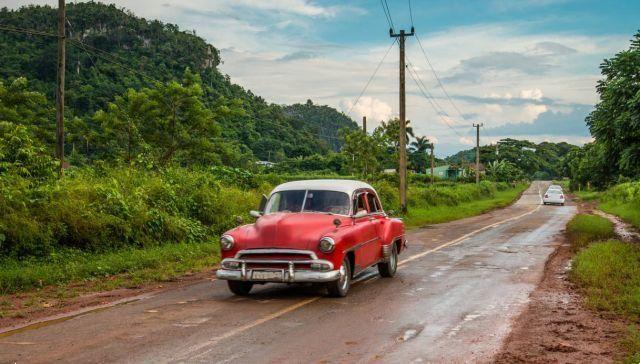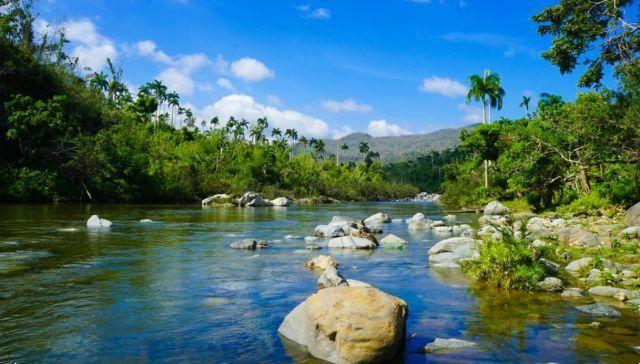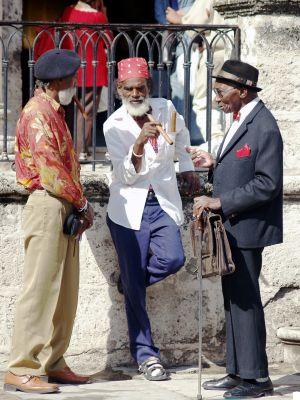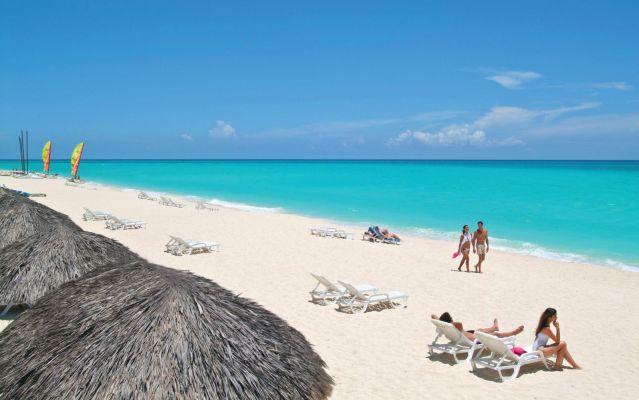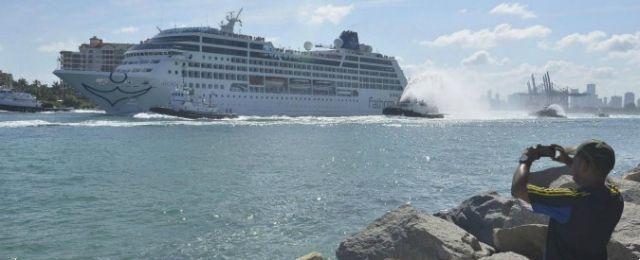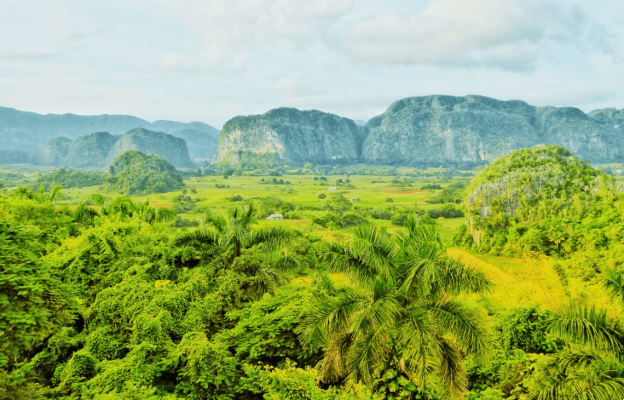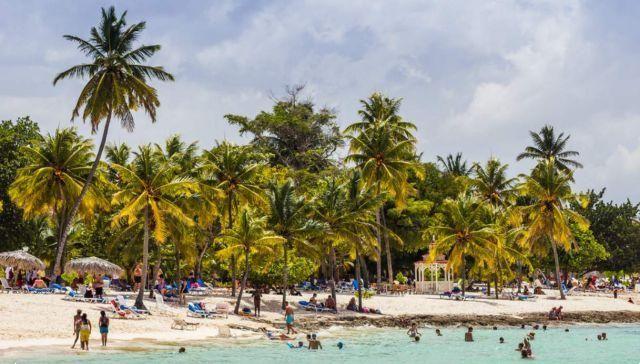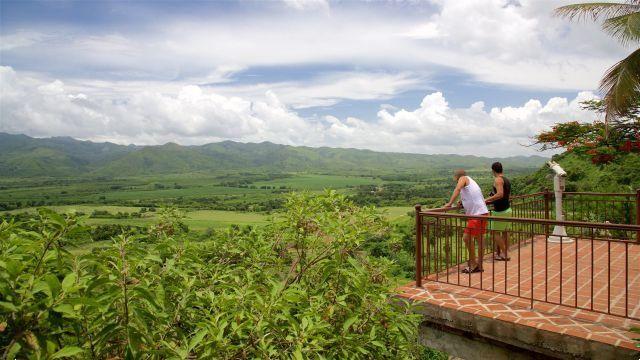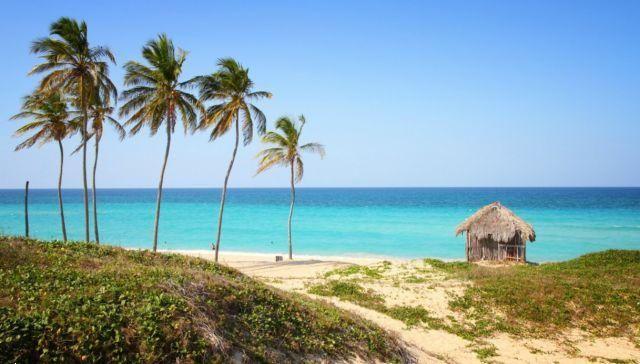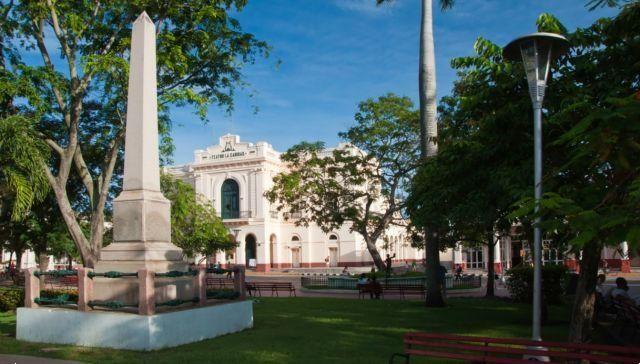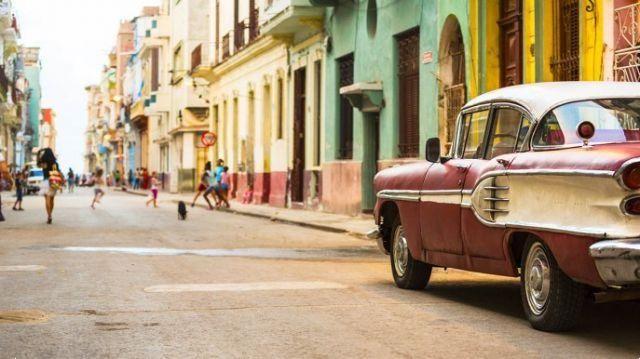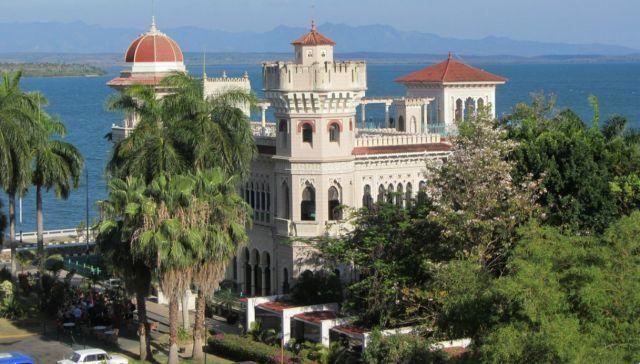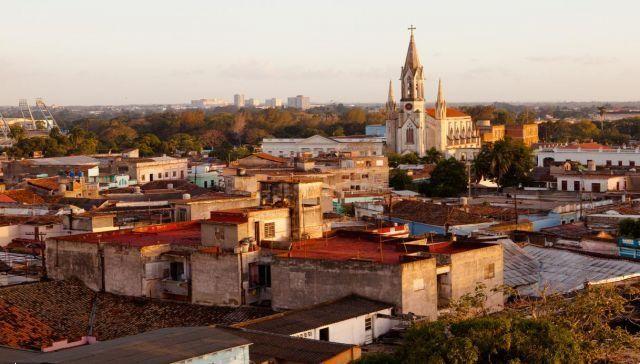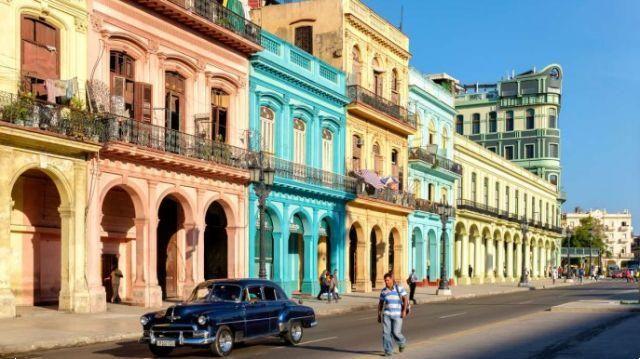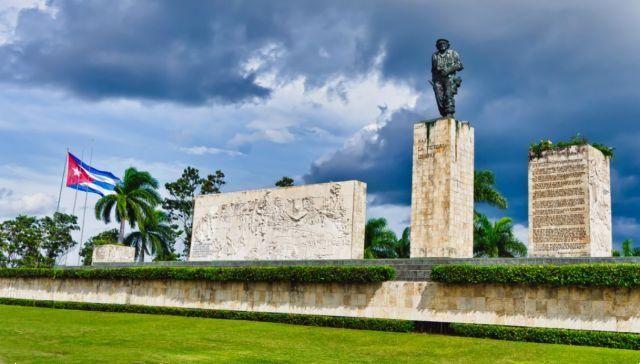 Visit itinerary of Santa Clara, a town in the center of the island of Cuba, ideal for reliving the most important events of the Cuban Revolution.
Visit itinerary of Santa Clara, a town in the center of the island of Cuba, ideal for reliving the most important events of the Cuban Revolution.
If you are in Cuba as lovers of the wonderful culture of this place and passionate connoisseurs of the history of the "Revolucion" and of commander Ernesto "Che" Guevara, then you absolutely cannot miss a visit to Casa Particular in Santa Clara, a pretty city in the center of the island, almost 300 kilometers from Havana. Review some of the island's revolutionary history, then, and then immerse yourself in the streets of the city on the trail of "Che's" exploits.
Santa Clara, in fact, has had a fundamental role in the recent history of Cuba as the theater of the last battle of the so-called Cuban Revolution, between the military of the dictator Batista and the third column of rebels, commanded by Ernesto "Che" Guevara. In December 1958, in fact, the guerrilla actions conducted by the famous Argentine revolutionary "el Che" and Camilo Cienfuegos led to the surrender of Batista's army. And the whole city is testimony to this, with monuments that remember those moments and its heroes.
If you have already been to Havana and have already had the opportunity to admire La Cabaña, a former fortress that was once the operational headquarters of the revolutionary myth, and the famous wall in his honor, in the Plaza de la Revolucion, now all you have to do is continue your journey on the trail of “Che” to Santa Clara, in the province of Cuba called Villa Clara. A visit to this beautiful city and its neighborhoods rich in revolutionary history will leave you fascinated.
Mausoleum of Commander Ernesto “Che” Guevara
If you think that an itinerary through the streets of the Cuban Revolution is an original idea, you will have to think again. To get an idea of its cultural and tourist value, just think that in the first twelve years since its inauguration, in 1997, the Mausoleum of Commander Ernesto Che Guevara in Santa Clara was visited by over 3 million people from over 100 countries as well as from the most remote corners of Cuba.
This is in fact the place where all the "pilgrimages" inspired by Che and the come together Revolution. The entire structure is built on a hill overlooking the city of Santa Clara. It is located 10 minutes from the central Parque Vidal, right next to the Víazul bus station. To reach it from the city center all it takes is a half-hour walk or, for the lazy ones, at the cost of a few pesos, a ride on a coche de caballo, the characteristic horse-drawn wooden carriage.
Il memorial site it is located right in the center of a vast square that goes from one side of the road to the other. It is a real funerary monument dedicated to Ernesto "Che" Guevara, for which a continuously burning flame was lit. The everlasting flame was lit by Fidel Castro during his visit to Santa Clara on 17 October 1997. The monument, built also thanks to the voluntary work of inhabitants of Santa Clara and other places in Cuba, is made up of three main elements. In the center of the square is a beautiful bronze statue over 6 meters high, depicting "El Che", erected in 1987 for the twentieth anniversary of the killing of Guevara and his companions in Bolivia.
The whole monument it is oriented at 190 degrees with the figure of the commander looking directly towards South America, which he dreamed of seeing united. The motto "Hasta la Victoria Siempre" is carved at the base. The small museum collects information and memorabilia related to the life and death of Che and his companions who died in Bolivia.
Behind the statue is the entrance to the mausoleum of Santa Clara with the niches that house the remains, exhumed from a secret mass grave in Bolivia, of the revolutionary and 29 of his companions and fighters, killed in 1967 during Guevara's attempt to stimulate an armed revolt in Bolivia, in the wake of what happened in Cuba. Among these: Carlos Coello, Alberto Fernández Montes de Oca, known as Pacho, Orlando Pantoja Tamayo, known as Olo, and René Martínez Tamayo, known among his companions as Arturo, all Cubans; and then Pablo Navarro-Lévano Chang, El Chino, Peruvian, and Simeon Cuba Sarabia, Willy, Bolivian.
Armored train monument
Near the center of Santa Clara, east of Independence, on the other side of the river, there is the Armored Train Monument. Here, on December 29, 1958, Che and a group of 18 very young Cuban revolutionaries used a bulldozer and some Molotov cocktails to cause the derailment of an armored train. This gesture inexorably marked the fate of Batista's dictatorship, paving the way for Fidel and revolutionary Cuba. Today, in that exact spot, there is a small museum that tells the story of those 90 minutes of battle, housed in some railway carriages, with vintage objects and photos.
Statue of Che with child
The last stop on this little trip to Santa Clara in the history of Cuba and the legendary Ernesto "Che" Guevara, four blocks east of the armored train, is the Statue of Che with child. This time it is a much more personal monument, showing Che with a child on his shoulders, symbolizing the new generations. On the surface of the uniform, carved in very small reliefs, are the depictions of the key moments of his life and, on the belt buckle, the faces of the men killed with Guevara in Bolivia.




